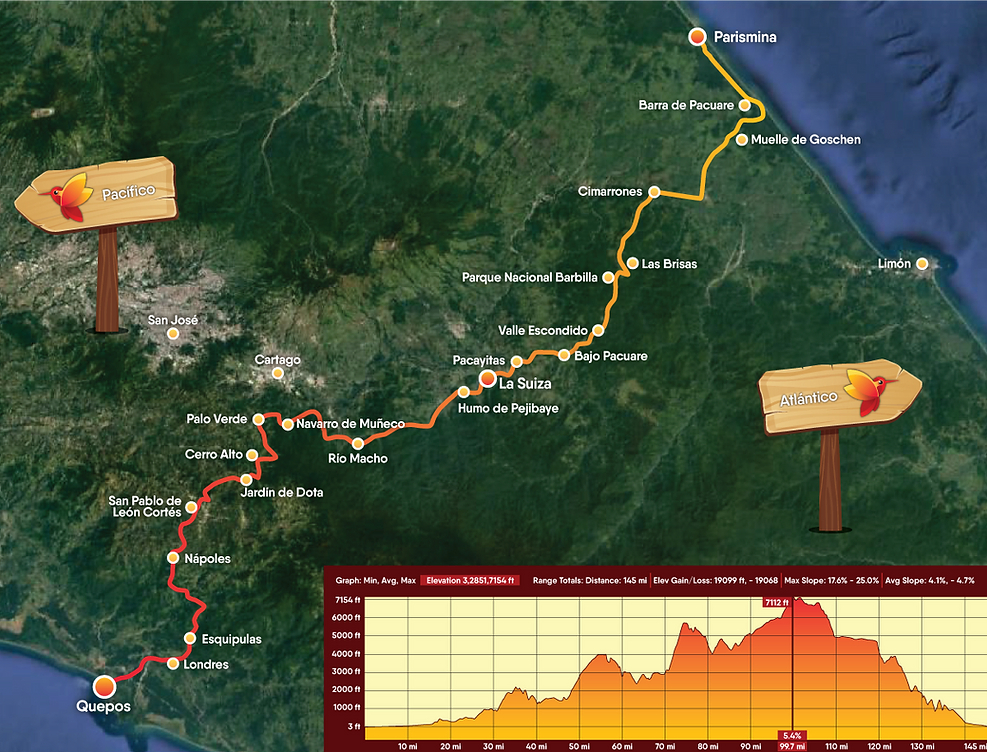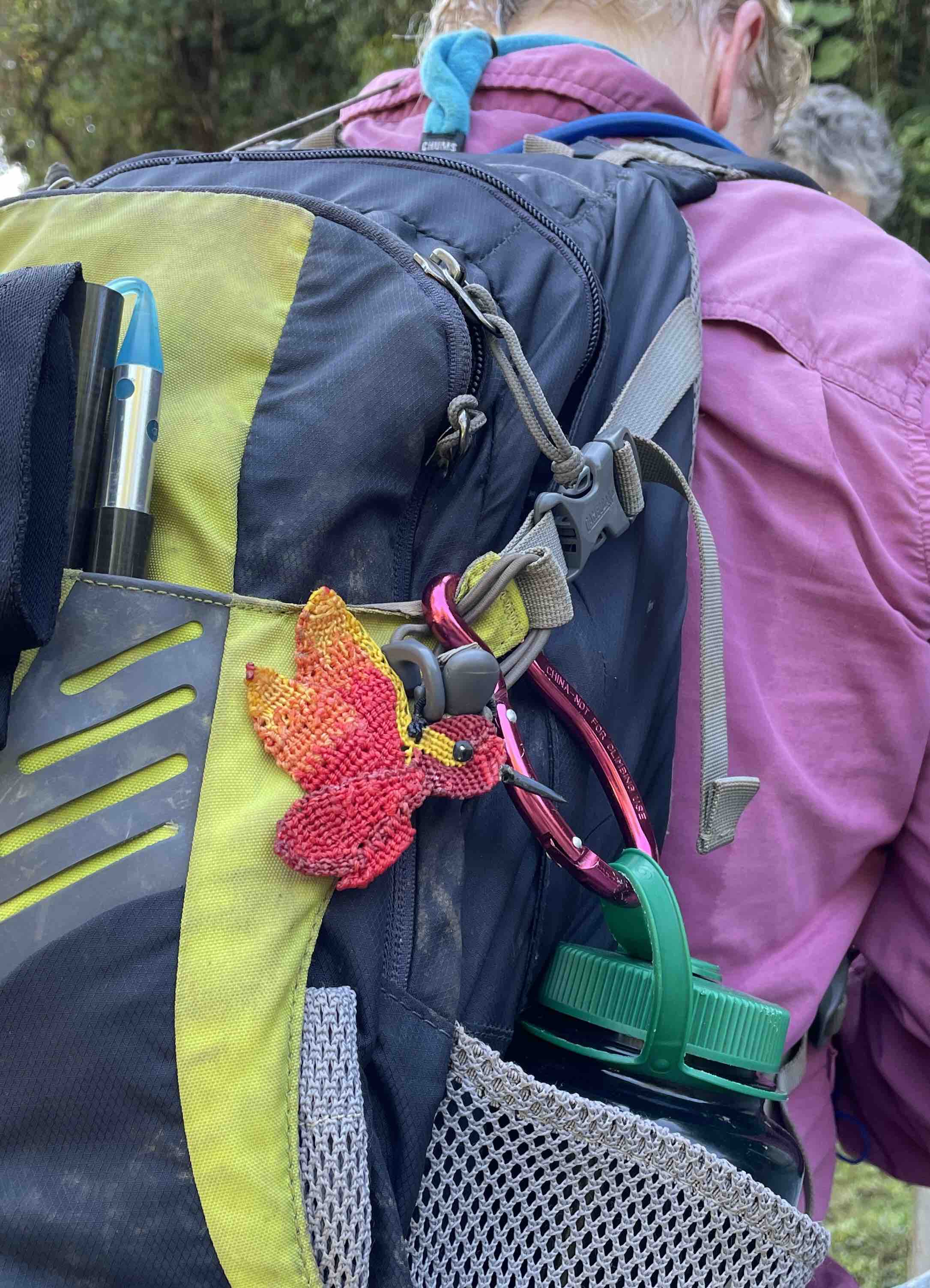El Camino de Costa Rica is a 280 km (170 mile) walking route through Costa Rica, beginning on the Atlantic side and running all the way to the Pacific. The trail begins just south of the Tortuguero National Park, where the Pacuare River empties into the Caribbean, and it runs its way through banana and pineapple plantations of the lowlands, up into the mountains with rain-forests and coffee plantations, and down through the valleys and rural communities of the interior, before ending in the Pacific coastal town of Quepos.

I learned about this trip thanks to the Active Travel Adventures podcast hosted by Kit Parks. I joined her and 9 other people from the US and Canada on a 15 day walk (plus two rest days) in mid-April organized by UrriTrek.
This should not be your first long distance walk! If you have hiked the Camino de Santiago in Spain, and the idea of crossing an entire continent appeals to you, then perhaps you are up to the challenge of this Camino. Like the Camino de Santiago you are going pass through rural villages, agricultural areas, and forests, and you will be walking on a mix of dirt or paved roads, plus forest trails. El Camino de Costa Rica is wilder; this is one of its great attractions. During the 16 different stages you will be passing through at least 5 distinct ecosystems. The diversity of flora and fauna you will see is jaw-dropping. El Camino de Costa Rica is also harder. While the the highest point (continental divide) is only 2035 m (6700 ft), you are going to do a lot of ups and downs. It is estimated that the total elevation gain and loss is 5800 m (19,000 ft) with grades as much as 25%. River crossings, rain, mud, bugs, heat and humidity all add a little extra something that you need to be prepared for.
There are other differences too. El Camino de Costa Rica is a relatively new trail. It does not have the 1000+ year pilgrimage history of the Camino de Santiago and thus fewer people have walked it end to end. As of 2022 only 500 people have completed the trail – about ten times more people than that have summited Mt Everest! The Costa Rica Camino is not as well marked as Camino de Santiago. The red/white slashes or hummingbird trail markers on trees and poles are rare or hard to find. A guide or good GPS app is needed; you can’t walk on the indigenous land without a guide. El Camino de Costa Rica will help you find a guide for a trip. And finally, self-organized tours are more difficult as you’ll need to do more work to find places to eat and sleep. Often the restaurants were small enough that the guide needed to call a head a day or two in advance. Failing that, all that you have are small stores along the way.


